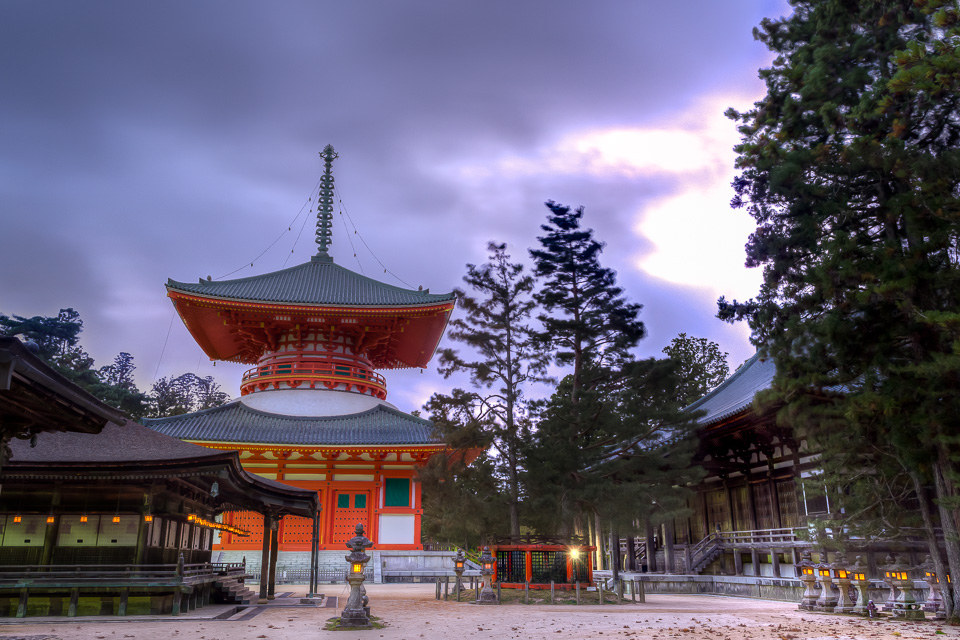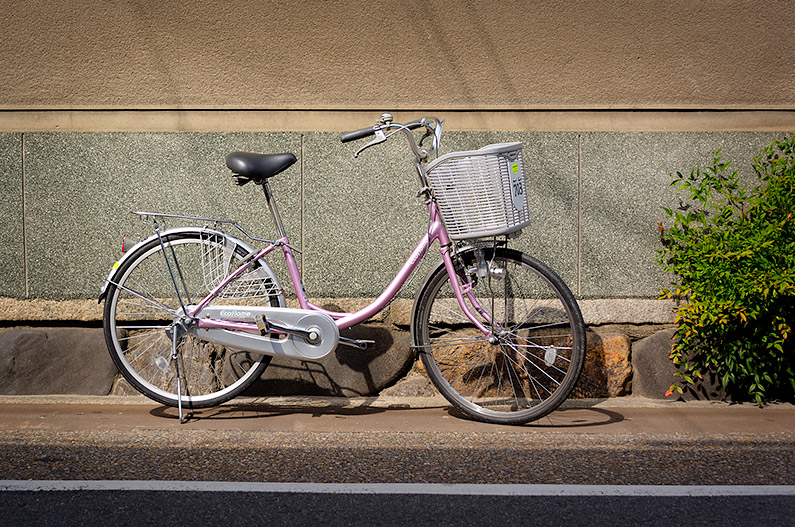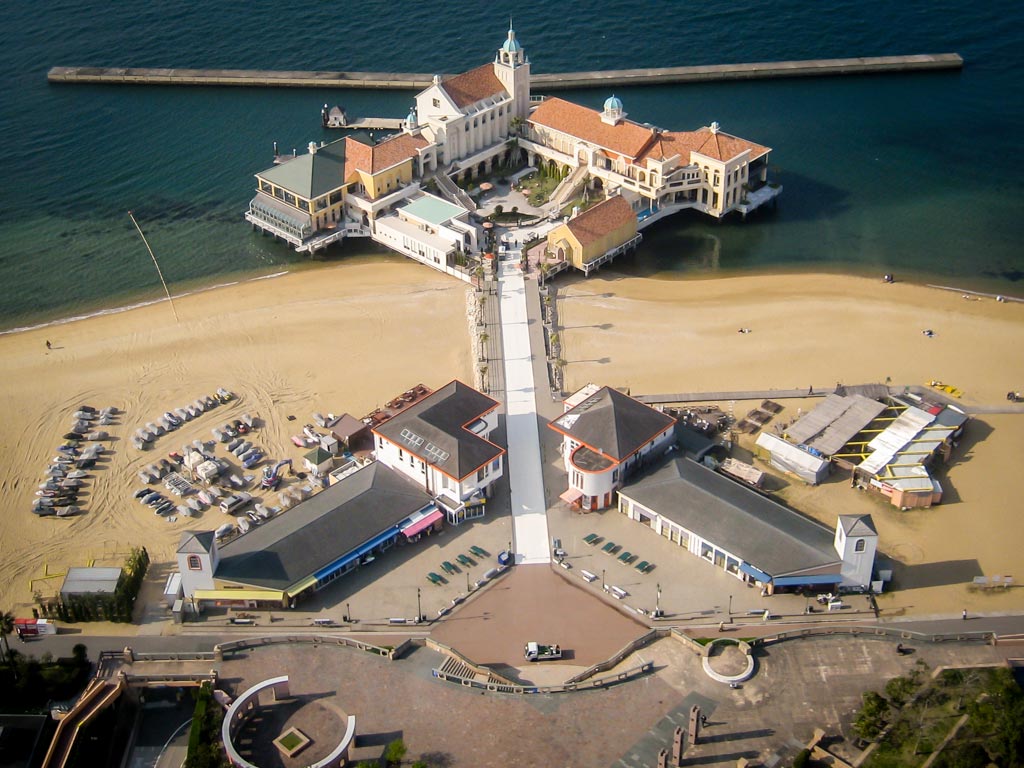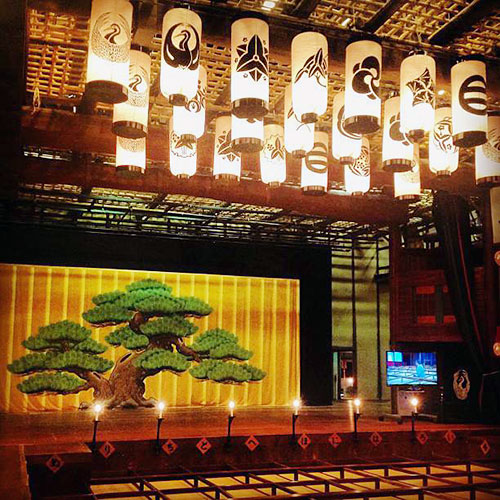Ehime Prefecture: Smiles of Shikoku Week 3 of 4
Share
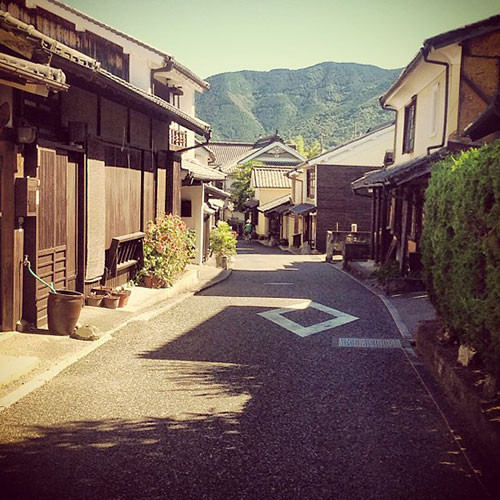
Ehime Prefecture 「愛媛県」 is on the west/north-west side of Shikoku. Traveling clockwise around Shikoku’s 4 prefectures, Jamie and Katy the traveler writer/photographer duo spent a week exploring Matsuyama City and the surrounding areas as part of the Smiles of Shikoku project.
Matsuyama Castle, Ehime Prefecture.
In this article:
The northern edge of the prefecture faces the Seto Inland Sea. On the other side of the sea is Hiroshima, and the Matsuyama-Hiroshima Super Jet Ferry connects the two cities from port to port. The prefecture is also accessible by plane, train, bus and car.
The travelers spent the previous week in Kochi Prefecture, which meant they approached Ehime Prefecture from the west. Most tourists would be traveling to Matsuyama in the north, missing the southern part of this prefecture.
Uwajima City 「宇和島市」
Uwajima is rich in history and has close connections with the surrounding sea. Uwajima Castle overlooks the city with views to the bay.
Doi Pearl Farm offers tourist a unique experience, taking part in the pearl farming process. Workers perform “oyster surgery” and remove pearls one at a time. Doi Pearl Farm is said to produce the best pearls in Japan. Well, at least that’s what their brochure says…
A pearl at Doi Pearl Farm
After a day at the pearl farm, Jamie and Katy enjoyed some local cuisine at an authentic restaurant. Although for most foreign tourists these local restaurants can be difficult to find - as they don’t often have English signage - they can be a great experience in themselves, if you can find them!
Hozumi-tei 「ほづみ亭」 Restaurant in Uwajima.
Matsuyama City 「松山市」
Matsuyama City is the capital of Ehime Prefecture, and is famous throughout Japan for its onsen (natural hot spring baths) and Matsuyama Castle.
Jamie and Katy arrive in Matsuyama.
Matsuyama City 「松山市」 from Matsuyama Castle.
Independent brewery just outside Dogo Onsen in Matsuyama.
Matsuyama Castle is known as one of the best in Japan. The castle grounds are large and complex, and many buildings have survived from the late Edo period (around the year 1850). The castle is on Mount Katsuyama, overlooking Matsuyama City. The castle can be seen from most places in the city.
Matsuyama Castle 「松山城 / Matsuyama-jō」
Uchiko 「内子町」
Uchiko is a small town outside Matsuyama City and reminds me of places like Kurashiki in Okayama Prefecture or Narai-juku in Nagano Prefecture - all traditional towns essentially frozen in time.
The town is full of historical buildings and houses, many hundreds of years old and some businesses are still trading in the same goods and services that they were back in the Meiji period. Particularly popular is the kabuki theater, built 100 years ago in traditional style.
Revolving stage of the Uchiko-za Kabuki Theater.
Uchiko-za Kabuki Theater.
Japanese set lunch… only ¥800!
Machinami is an historic street in Uchiko with many traditional Japanese houses, stores and paper and wax makers.

Historic houses and stores in the Machinami district.
Roof of a historic house in Machinami.
Tobe「砥部町」
Tobe is a town with one focus - ceramics. Known as tobe-yaki, pottery from the area is made using local materials and designs which have evolved over hundreds of years.
Learning about pottery in the Tobe area.
There are many potteries in the area, offering tourists a very unique experience - learning how to make traditional ceramics.
Katy learning from a master potter.
Ike Moto-gama is just 1 of 2 traditional kilns in the area.
Delicate touches put on pottery at the Goshouen Kiln.
Dogo Onsen 「道後温泉」
Dogo Onsen is the oldest and most famous hot spring in Japan - well that’s what the locals would tell you anyway. While it is definitely among the oldest in Japan - there’s records of a prince visiting the hot spring about 1,400 years ago - it is certainly one of the most famous.
Dogo Onsen 「道後温泉」
Visitors to the bathhouse can enjoy a number of baths. Some of the rooms in the onsen have particular historic importance and are roped off. One bath - the Yushiden - is reserved specially for the Imperial Family but open for tours to the public. Emperor Showa (Hirohito) was the last of the imperial family to visit, the latest visit was in 1950.
An historic room inside the onsen.
Inside Dogo Onsen.
Cycling to Imabari 「自転車で今治市へ」
Anytime someone asks me for a travel tip when visiting Japan, I tell them 2 things:
- Get a Japan Rail Pass before you leave your home country, and
- Hire a bicycle!
If you’ve never been to Japan before, you’ll quickly notice when you do visit that many people get around on bicycles - no matter where you are, big cities or small towns. Hiring a bike for a day is an amazing way to see Japan (read: Kyoto by Bicycle – The Definitive Day Trip Guide). I’ve said this a million times, but it really gets you off the beaten tourist path and you’re bound to find some surprises along the way!
Train from Matsuyama to Imabari runs along the Seto Inland Sea coastline.
Cycling at Kinoura, Hakata Island.
Seto Inland Sea.
How to get to Ehime Prefecture
Arriving at Matsuyama City, there are several transport options for getting to Ehime Prefecture.
- By train: From Okayama Station, take the JR Limited Express Shiokaze to Matsuyama (Ehime). Tip: When searching for train stations, be sure to look for Matsuyama (Ehime), as there is also a Matsuyama station in Fukuoka.
- By bus: WillerExpress buses run from Kyoto and Osaka to Matsuyama.
- By ferry: The Matsuyama-Hiroshima Super Jet Ferry connects Hiroshima on the Japanese mainland to Matsuyama. There are 14 services a day and the trip takes just over an hour. View the Matsuyama-Hiroshima ferry timetable (in Japanese, but Google Translate does a good job of showing this page in English).
- By plane: JetStar Japan offers flights from Tokyo, Okinawa and Sapporo. Flights are quite cheap, about ¥14,000 to ¥21,000 yen one-way. At the time of writing this, sale fares from Tokyo to Matsuyama were only ¥4,950 one-way.
When to visit Ehime Prefecture
- Matsuyama:
- March 19 - 21: Dogo Spring Festival - features historical costumes, geisha games, and portable shrines carried by the women of Dogo.
- April 7 - 9: Matsuyama Castle Festival - Matsuyama’s main festival during cherry blossom season. Locals dressed as Japanese feudal lords and warriors, wearing traditional clothing, parade through the city’s downtown area in a traditional feudal procession.
- For more festivals in Matsuyama, visit the Matsuyama City Festivals page.
- Uchiko - the historic Japanese town has many annual traditional festivals:
- Early April: Ishidatami Higashi Weeping Cherry Tree Festival - enjoy hanami with a 350+ year old weeping sakura.
- August 6 - 8: Uchiko Sasa Festival - one of Ehime’s top 50 festivals.
- There are many more events in Uchiko, see Uchiko Tourist Association’s Events page (English) for more information.
All images are property of The Real Japan and have been published with their permission.

